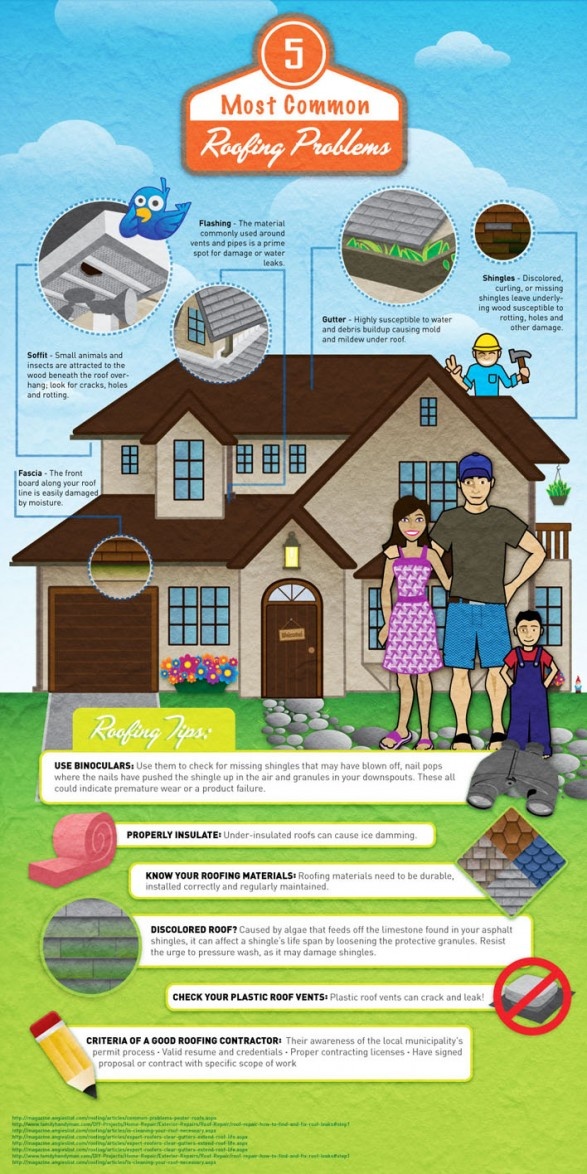Recognizing Weather Condition'S Impact On Roof Covering Installation: Key Seasons And Issues For A Successful Job
Recognizing Weather Condition'S Impact On Roof Covering Installation: Key Seasons And Issues For A Successful Job
Blog Article
Article Author-Bennett Smith
When it concerns roofing system setups, the weather condition can make or break the job. Visualize the aggravation of managing materials that won't coordinate as a result of severe warm or fighting unsafe surfaces triggered by unforeseen rainfall. Recognizing the effect of weather on your roofing project is important for a successful outcome. So, allow's explore exactly how various weather condition components can influence the high quality and longevity of your roof covering installation, making certain a task well done.
Influence of Temperature on Roofing Installation
When it comes to roofing installment, temperature level plays an important role while doing so. The perfect temperature level for roof covering jobs typically falls between 45 and 85 degrees Fahrenheit. Extreme heat can create products like roof shingles to become also pliable, causing possible damage throughout setup. On linked site , cool temperature levels can make materials fragile and prone to cracking. It is very important to set up roof covering installations during moderate temperature levels to make sure the best outcome.
During cooler weather condition, specialists might require to take extra safety measures such as using heated devices or enabling materials to warm up before setup.
On the other hand, heat might call for work to be done previously or later on in the day to prevent the peak temperature levels. By taking into consideration the temperature level and its results on roof covering materials, you can help guarantee a successful setup that will endure the components for several years to find.
Effect of Rainfall on Roofing Projects
Roofing tasks can be dramatically impacted by precipitation, affecting both the timeline and the quality of the installation. Rain or snow can produce unsafe conditions, making it harmful for contractors to work on a damp surface. Furthermore, wetness can compromise the adhesion of materials like roof shingles or underlayment, resulting in prospective leaks or problems in the future.
If it rainfalls throughout a roof project, the water can seep into vulnerable areas, triggering hold-ups as the installation staff should wait on the roofing to completely dry before continuing. Extreme dampness can likewise advertise the growth of mold and mildew and mildew, further jeopardizing the stability of the roofing system.
To stay clear of these issues, it's advised to schedule roofing projects throughout drier seasons or keep track of the weather prediction closely to plan about any possible rainstorms. By taking precautions to work in beneficial weather conditions, you can make sure a smoother and extra successful roofing system setup procedure.
Impact of Wind Rate on Setup Success
Throughout roof installment, the speed of the wind plays an essential duty in determining the success of the project. High wind speeds can present significant difficulties to roofing contractors, possibly resulting in safety threats and quality problems. When wind rates exceed advised restrictions, it comes to be difficult to handle materials, raising the threat of mishaps and damage to the roof products. Strong gusts can also impact the precision of dimensions and the accuracy needed for correct installation.
To guarantee an effective roofing system installment, it's important to keep track of and consider wind rates. Ideally, roof covering installment ought to happen on days with reduced to modest wind rates. This not just improves the safety of the employees yet additionally boosts the overall quality of the installment.
contractor for home renovation heights tx arranged during calm climate condition are more likely to be completed successfully and with less errors. By taking note of wind speed projections and planning as necessary, you can help ensure a smooth and effective roofing system installment procedure.
Final thought
So, when it comes to roofing installment, keep in mind to consider the weather conditions to ensure a successful job. Ideal temperatures, completely dry problems, and moderate wind rates are key variables to focus on for a smooth setup process. By arranging your job throughout the very best seasons and excellent weather conditions, you can attain a long lasting and long-lasting roof covering that will certainly safeguard your home for several years ahead.
